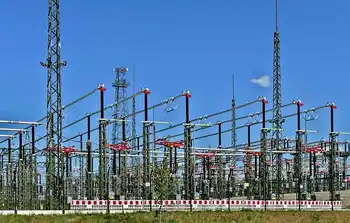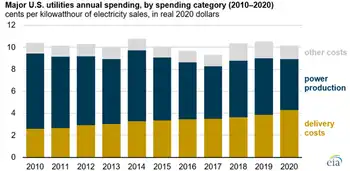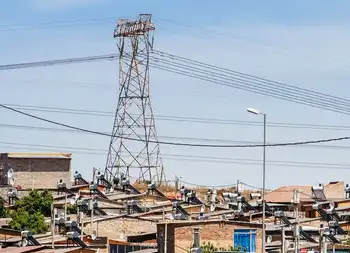High school students work on EV
By The Daily Reflector of Greenville
Substation Relay Protection Training
Our customized live online or in‑person group training can be delivered to your staff at your location.

- Live Online
- 12 hours Instructor-led
- Group Training Available
Ronnie Bowen says his automotive technology students are nearing the completion of a class project in which they have converted a 1997 Saturn SL from a gasoline-powered engine to a rechargeable electric vehicle.
The Daily Reflector of Greenville reported that the project involves the removal of a 1.9-liter gasoline engine and its replacement with a 48-volt electrical system. Students have been responsible for all of the work, Bowen said, including the wiring, custom mounts and preparation for painting.
Bowen said Ayden-Grifton is the first high school in the area to take on such a project. The car can reach speeds up to 72 mph and its charge is good for about 80 miles, he said.
"We have heard the new president talk so much about saving the environment and being eco-friendly so we wanted to get on board," Bowen said. "At the same time, maybe we can convince a few people in the community to do it. This really is a perfect commuter car and if everybody in Pitt County would do this for their commute, look how much we could save in a year's time."
The car will be painted and ready to show off for the first time during the Ayden Collard Festival parade in mid September, Bowen said. The class will also have it on display at the school's annual car show.
Costs for the project have been covered by a $2,500 educational grant from the town of Ayden, battery donations from NAPA Auto Parts and fundraisers such as the car show. The car was donated by Ayden Middle School Principal Seth Brown, who did his principal internship at the school.
Bowen said the electric vehicle costs about $3.80 to fully charge. He added that general maintenance is limited to tires, making it a cheaper investment overall than gasoline-powered vehicles.
"Not only are you saving the environment, you are saving yourself money," Bowen said.
Students began work on the project during the second half of last school year, and some worked with Bowen on it during the summer.
While students will have it ready for display in about two weeks, the project will not be completed until later this school year after air conditioning, heating, power steering and other functions are added.
Paul Edwards, 16, a junior Auto Tech III student, said the project piqued his interest from the start.
"Most of the stuff we would do in this class would be things like oil changes and general maintenance," Edwards said. "This was a real learning experience because I have never pulled an engine out of a car and I definitely never thought about making a car run off of four batteries. It has been great because most auto tech students don't get this kind of hands-on experience."
Junior Eric Romero, 17, agreed, noting that getting a head start on working with battery-powered vehicles will be beneficial to him as he pursues a career in the automotive industry where they are becoming more common.
Bowen said the class plans to undertake similar projects in the future, including the conversion of a pickup truck. Anyone willing to pay for parts related to the conversion can get the work done by future classes, he said.
"The guys will tell you it is not really a hard process at all," Bowen said. "But I think it is something they have really enjoyed and learned a lot from."











